Few items of tackle can have made such an impact as the Method feeder. It’s certainly transformed the way we fish for carp on commercials, immediately giving the angler pinpoint bait and feed placement and presentation. In many cases there’s no need to strike – the carp hook themselves!
From those early days when DIY feeders looked more like pieces of scaffolding than fishing tackle, things have moved on at a rapid pace and we’ve now refined the Method to become a deadly weapon in any angler’s tackle box.
The mechanics of the Method have changed little – the feeder slides on the line with a short hooklength below it, a fish takes the bait, then registers a positive bite that at times almost pulls the rod into the lake! Exciting stuff, but if you want to catch to the max there’s a bit more to it than just casting out and waiting.
Where to cast
Try to pick a swim with a far bank or an island, ideally with cover from reeds. This area will have shallow water which carp are happy to feed in. For total accuracy, use the line clip on your reel and begin by casting a little way away from the bank. You can then move closer to the bank as the fish back off. Use a short feeder rod that’s not too long for the shortish casts you’ll be making.
THE BEST METHOD FEEDER REELS ARE PERFECT FOR THE JOB!

Which Method feeder?
There are a lot of feeders to pick from but I like to use ones with a weight forward design like the Drennan or Guru ones do. The extra weight at the front of the body, helps the feeder cast better and more accurately in any wind. It also stays put even on an underwater slope, or if there are a lot of feeding carp in the peg that could otherwise move the feeder out of position by bumping into the line.
However, it’s still important to use the lightest feeder that you can get away with, and try to land it gently on the surface by feathering the cast. There are loads of great ones on the market now so find one that suits your style of angling!
IF YOU HAVE MORE QUESTIONS ABOUT METHOD FEEDER FISHING, STEVE RINGER HAS THE ANSWERS!
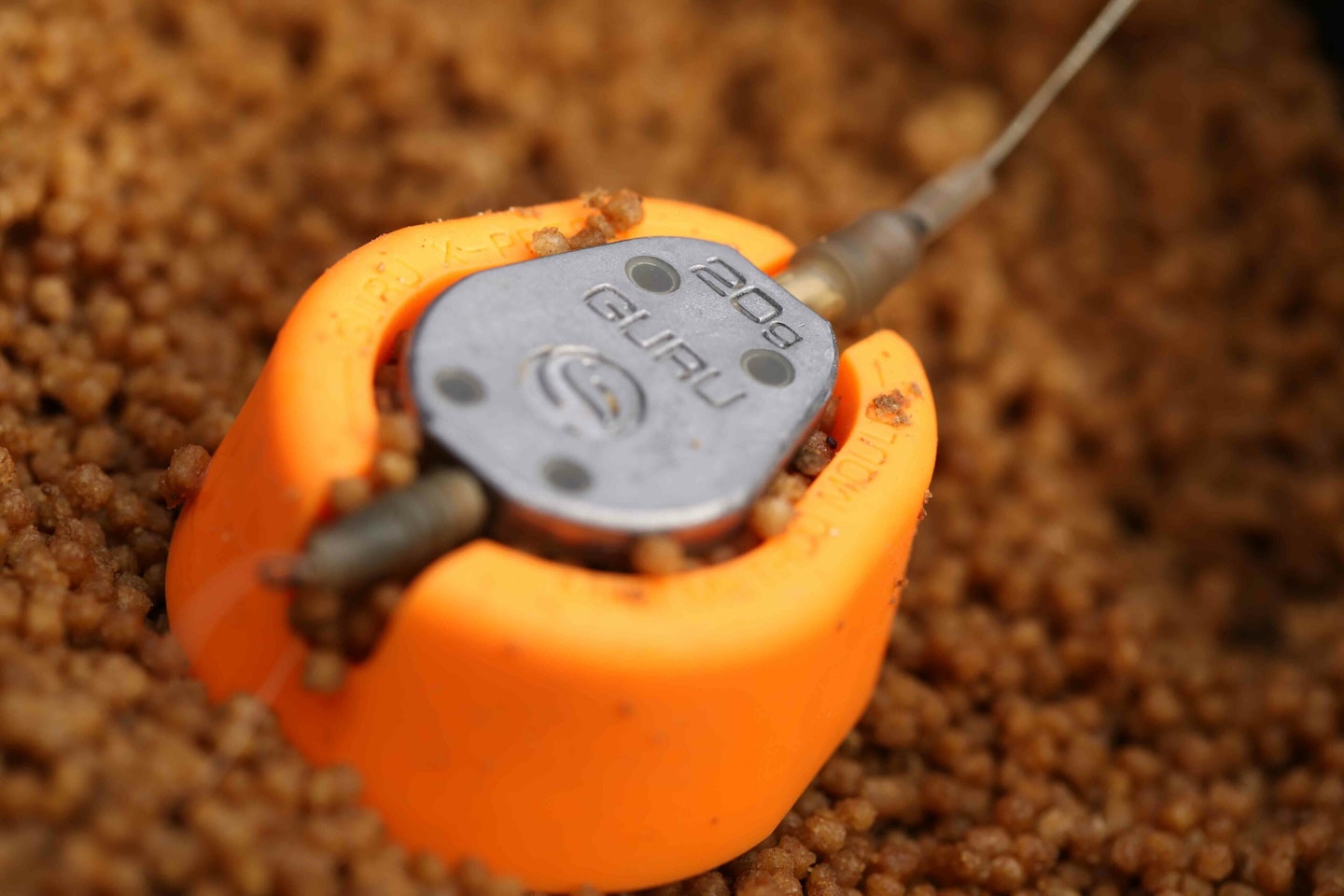
Be accurate – and quick!
Never leave a bad cast out and think ‘that’ll do’, because it won’t. The key to catching well on the Method is to gradually build up a small bed of feed in one spot and get the fish feeding right on top of it. This way, bites will be quicker in coming than if you cast all over the place. If you cast and the feeder lands in the wrong place, wind in and cast again.
Regular casting is a must in summer when the fish are active and hungry. A bite should come quickly if the carp are there, so leave the feeder in the water for no longer than two minutes at a time. It’s useful to have a stopwatch to monitor bite times, as a pattern will develop and you’ll be able to work out how long it’s taking fish to find the bait. Wind in if nothing’s happened by then and cast again.
THIS ARTICLE WILL HELP YOU MAKE THE PERFECT CAST EVERYTIME!
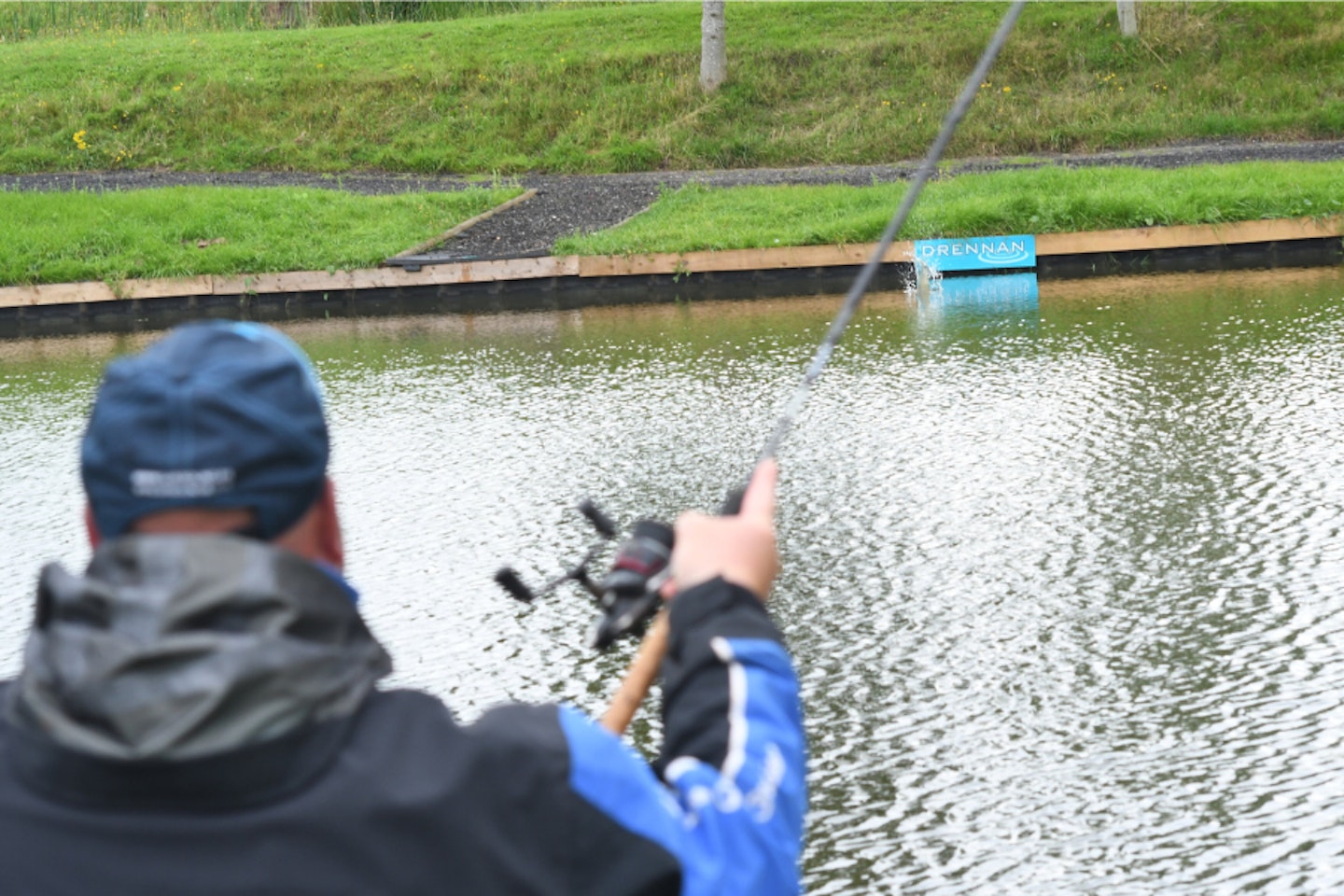
Tip tension
I like to have a slight bend in the quivertip so that I can see any drop-back bites if the feeder is dislodged. Once I’ve cast, I tighten up to the feeder but I don’t move it once it’s in position. This slack offers you a little line to get back on the reel when a fish is hooked and it sets off on a run before hitting the line clip.
When you get a proper pull round bite on the Method, just pick up the rod – the fish will already be hooked. Strike and you may pull the hook out!
When playing a fish,keep the rod-tip low as you reel in and only lift it up to net the fish. If you get into a rhythm, you can lift and net the fish quickly, ready to catch another.
SITTING ON ONE OF THE BEST SEATBOXES WILL MAKE EVERYTHING MUCH MORE COMFORTABLE!

Get set up correctly
Savage bites can pull the rod in, so it’s crucial that you have it set up securely to minimise the chance of this happening. I use a front rest with higher support at the end nearest the feeder at a slight angle, and then a back rest to secure the rod butt. This way your rod should stay safe in case of a rip-roaring bite!
ACTION CAN BE MANIC SO MAKE SURE YOU ARE SETUP PROPERLY FOR FEEDER FISHING.
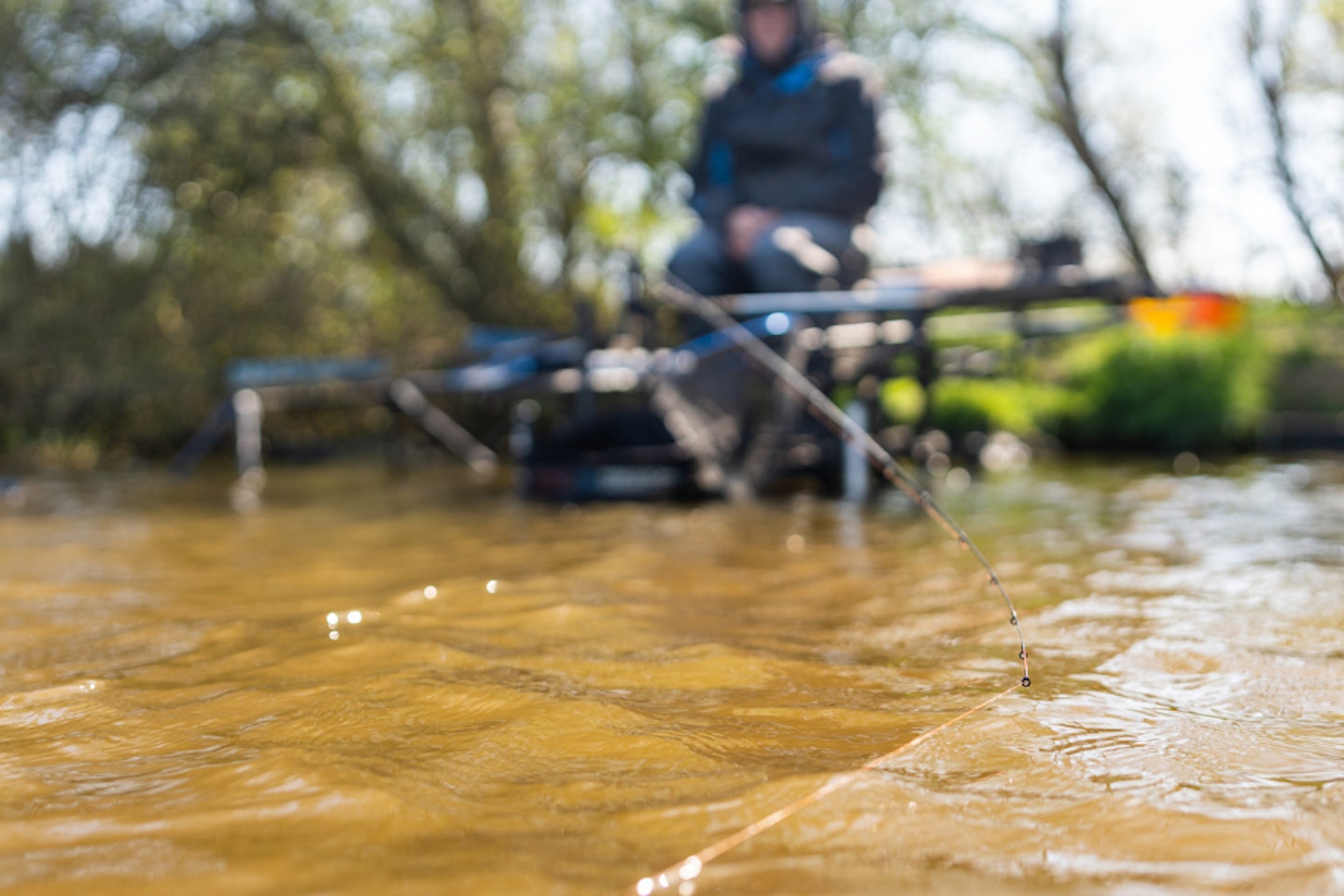
What to feed
Micro pellets or groundbait? I’d advise taking both. I prefer to start with just groundbait around the feeder, as it is usually great for attracting fish. If this isn’t working, I add dampened micro pellets to the mix, varying the ratio of pellets to groundbait to try and work out what the fish want – I could end up using mainly pellets with just a spot of groundbait.
LET STEVE RINGER HELP IF YOU STRUGGLE TO PREPARE YOUR GROUNDBAIT CORRECTLY.
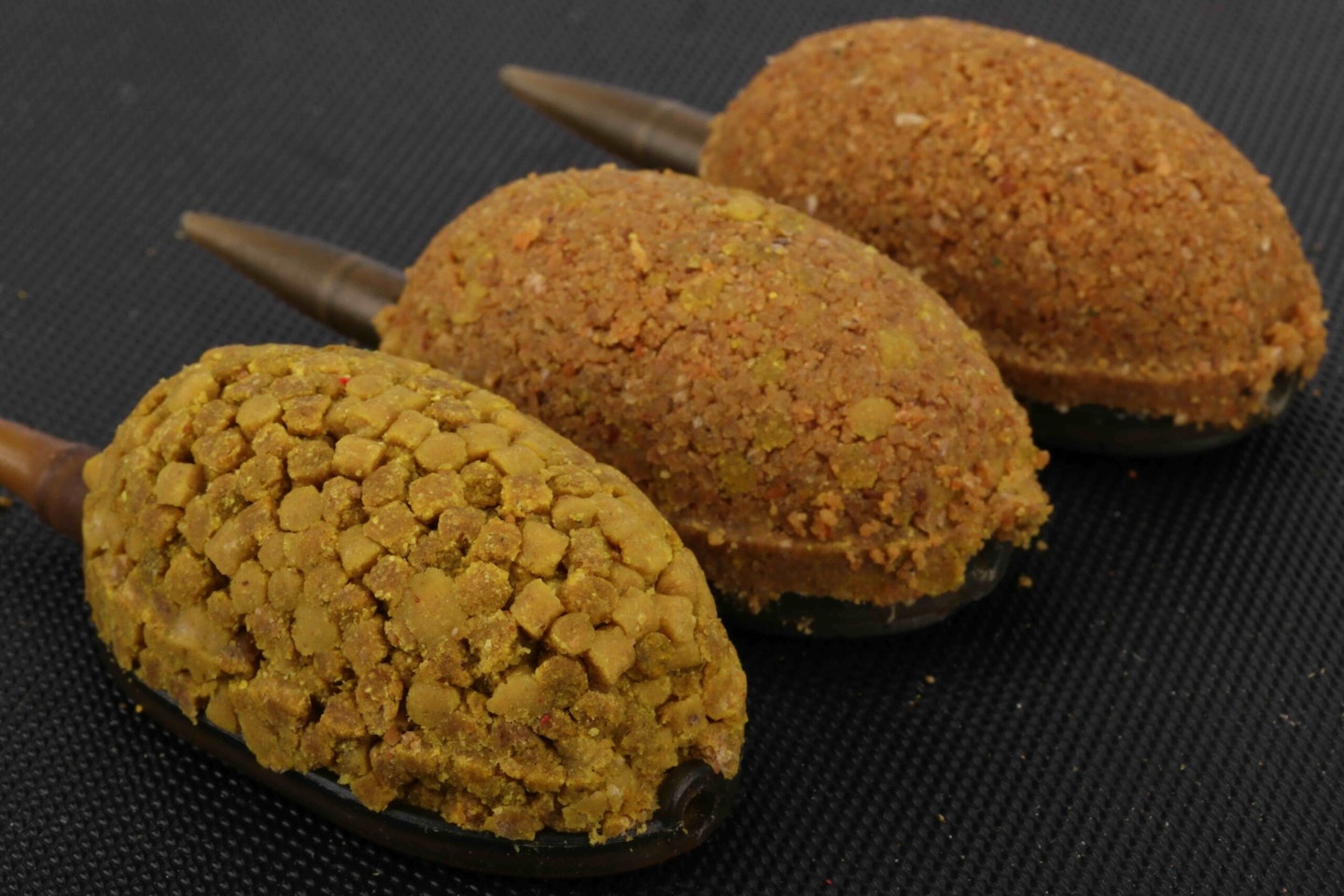
Speedy feeder-making
Years ago, we used to make the Method feeder up by squeezing the pellets or groundbait around it by hand – often only to see the ball of bait explode in mid-air! Thankfully, there are now moulds to fit all feeders that do the job for you. The majority available are brilliant, letting me make a ball up in seconds and ensuring it is the same size each time and compacted perfectly so it’ll stay intact until it hits the water.
KICK BACK AND RELAX IN ONE OF THE BEST FEEDER FISHING CHAIRS!

Give it a boost
Bait additives remain a very personal thing among anglers, but I reckon they can do no harm. There are hundreds of liquids available, some produce an oily slick and others help bind the micro pellets together A liberal dousing is enough to boost the pulling power of your feed even more.
THESE ARE THE BEST LIQUIDS AND BAIT BOOSTERS FOR METHOD FEEDER FISHING.
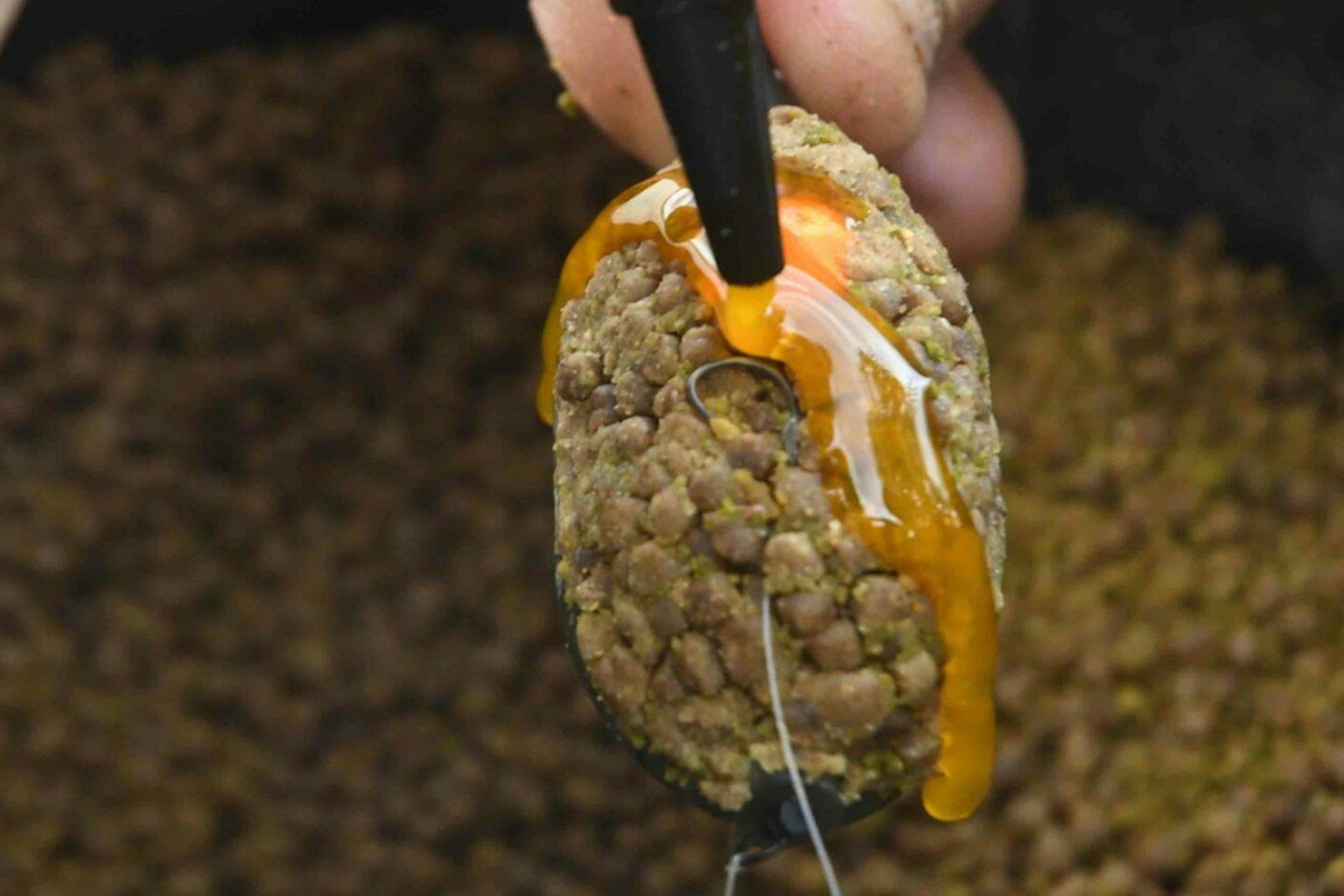
Strong tackle is needed
Tackle takes a lot of stick with big carp, and this is especially the case with the Method. Bites are fierce, and if you use too light a hooklength and too small a hook, you could easily end up being broken when you pick the rod up. In summer, I’d fish a minimum 8lb mainline to a 4ins hooklength of 0.18mm (6lb) with a 12-16 size hook.
You can tie your own hooklengths, but I see nothing wrong in using pre-tied Method feeder rigs. These have the bait band, spike or lassoo attached, so you’re ready to go straight out of the packet!
A STRONG LANDING NET HANDLE IS REQUIRED FOR SAFELY REMOVING AND RETURNING BIG CARP.

Vary your hookbaits
What to put on the hook is a real minefield, as so many baits can work. Corn, meat, hard pellets, wafters, even good old dead red maggots all have a place. My advice is to keep chopping and changing until you find what’s catching best. To help this, I have a quick-change bead for attaching the hooklength so I can change over quickly from a bait band for wafters, to a lassoo for pellets, or a spike for meat.
YOU'LL CATCH EVEN MORE FISH ON THE METHOD WITH THESE EXCELLENT TIPS FROM DES SHIPP.

Try loosefeeding
What’s around the feeder doesn’t have to be the only feed. If it’s within range, fire 6mm hard pellets over the top of the feeder with a catapult. This not only puts more feed into the water, but also makes a good amount of splash on the surface, noise that will attract carp into the area.
THE BEST FISHING CATAPULTS WILL MAKE LOOSE FEEDING FAR MORE ACCURATE!

